by David W. Powell
For me, establishing personal contact with your potential subject is key. I walk right up and raise my camera as if to ask, “is this OK?” Depending on the response, I proceed. I have been refused only a few times in the 55 years I’ve been doing this. I am selective of whom I approach though. Attractive people usually enjoy attention from a professional appearing and acting photographer. Act your part.
Some things to think about and practice:
- Know your camera and use it often. The camera you use doesn’t matter. I used a Nikon D1 for years. It was awkward, cranky, and produced only a 2.75 mg image, but I was able to make beautiful 16×20 prints.
- I’ve heard photogs say they don’t want to invade someone’s personal space. If you don’t ask first, you are literally TAKING something from them. If you ask, they are GIVING you a projection of how they want to be seen.
- Get beyond the “say cheese” shot. Take what they first present, then engage in a dialogue and keep shooting. Lower your camera a bit occasionally and keep eye contact. The connection is broken if you’re checking the previous shot.
- I use aperture priority mode, at f/11 or so and an ISO that allows a shutter speed of 1/100 or more. It’s very important to have both eyes and the tip of the nose of your subject in focus.
- After establishing eye contact, I start shooting at a distance of about 10 feet with an 85mm equivalent zoom setting. I move in or zoom out to adjust framing. I don’t zoom in because I like working with the 85 up close. Longer elements flatten things out and are less intimate.
- Shoot loose. Today’s cameras allow for quite a bit of cropping and straightening.
- Open shade (look it up if you don’t know the term) is your friend… direct sun is not. Work the shady side of the street. Otherwise use the sun as back light. Many new cameras have a backlight setting or use the +/- bracket function to open up a stop and a half or so. Do a few test shots before you get started so you don’t break the connection you have established by checking your exposure.
- Shoot at eye level or slightly below. “Get on down.” We don’t want to be looking down at our subjects… especially important with children and short people.
- It helps to have someone with you to talk with your subjects part of the time, so folks are not always looking at you but are still engaged.
- Need I say, tripods are useless in these situations (can’t move and re-adjust quickly enough).
- We are trying to capture a spark of life here.
Enough talk. Let’s look at some pictures.
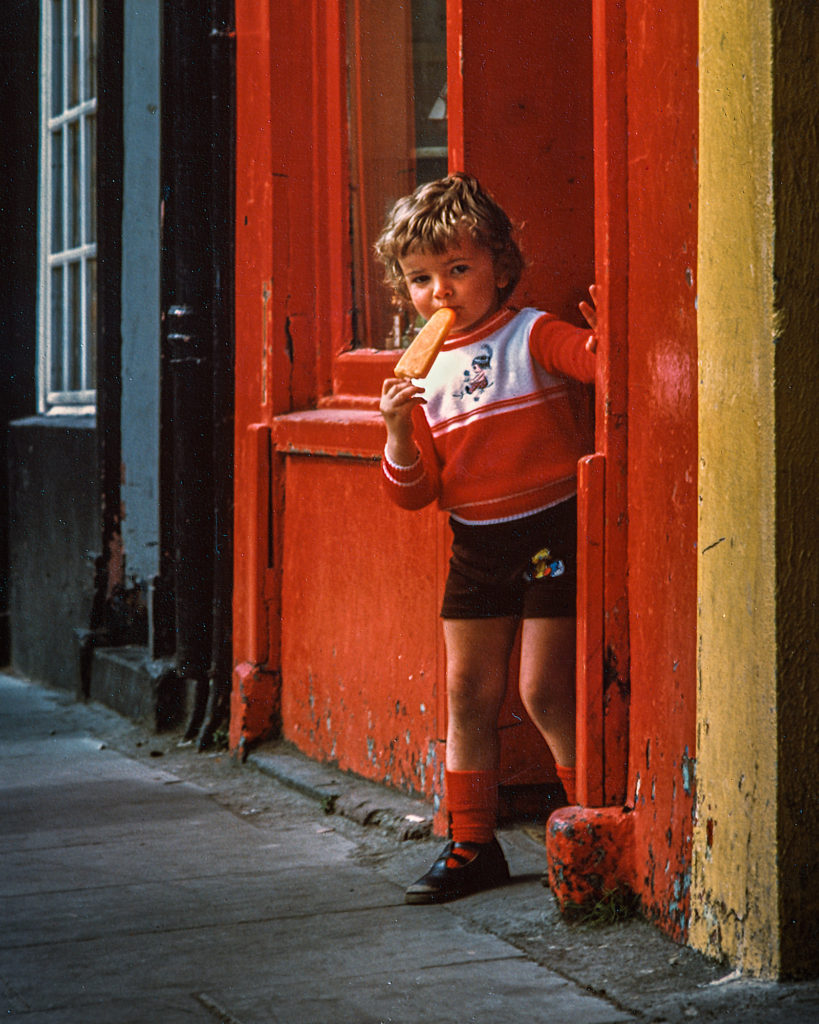
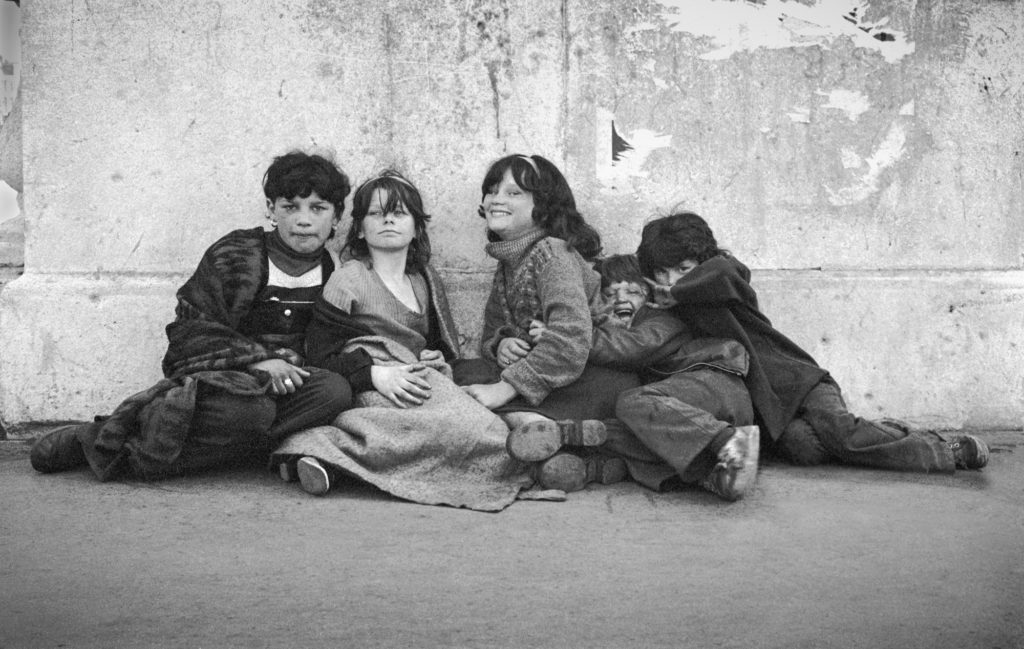
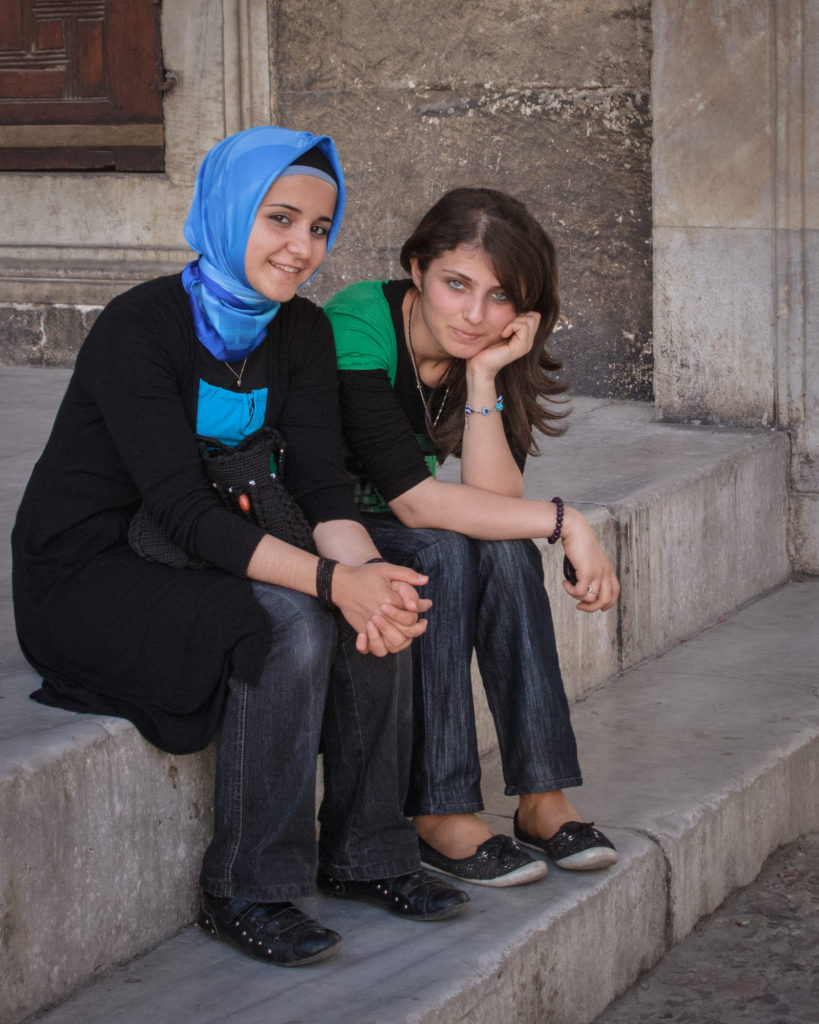
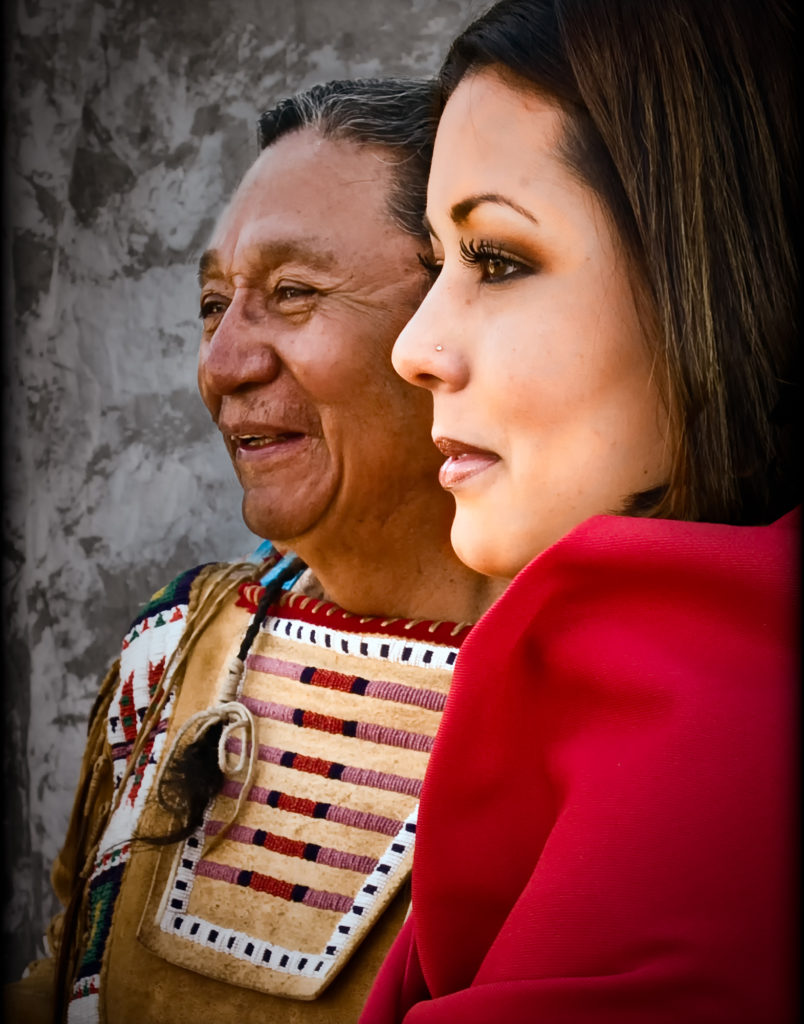
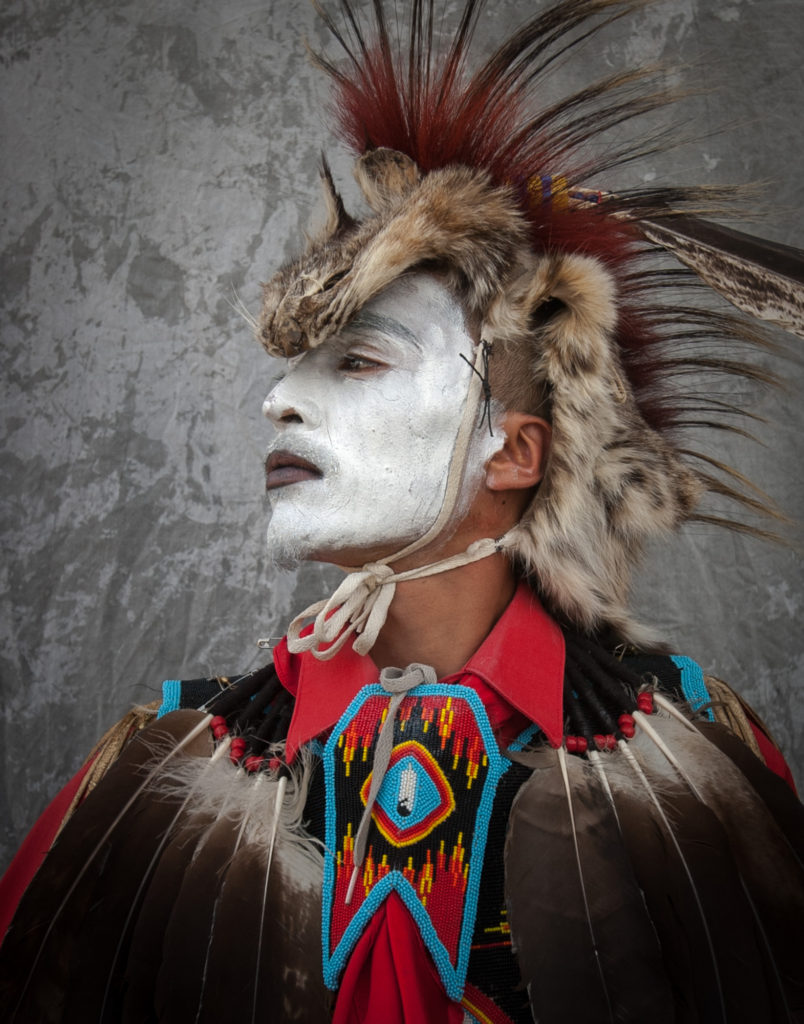

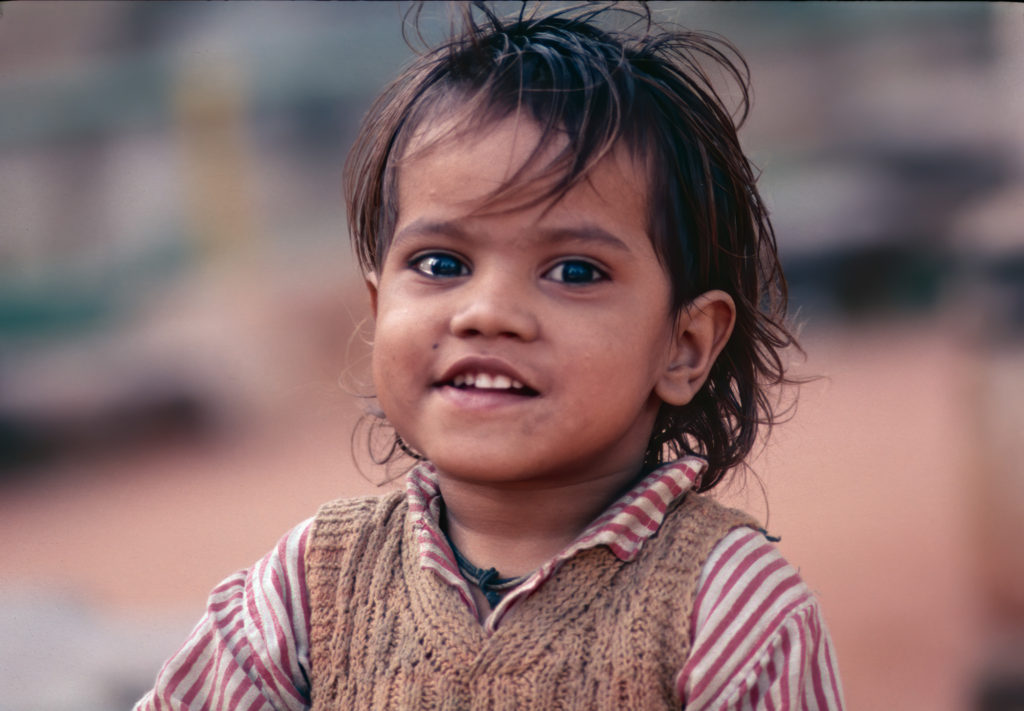

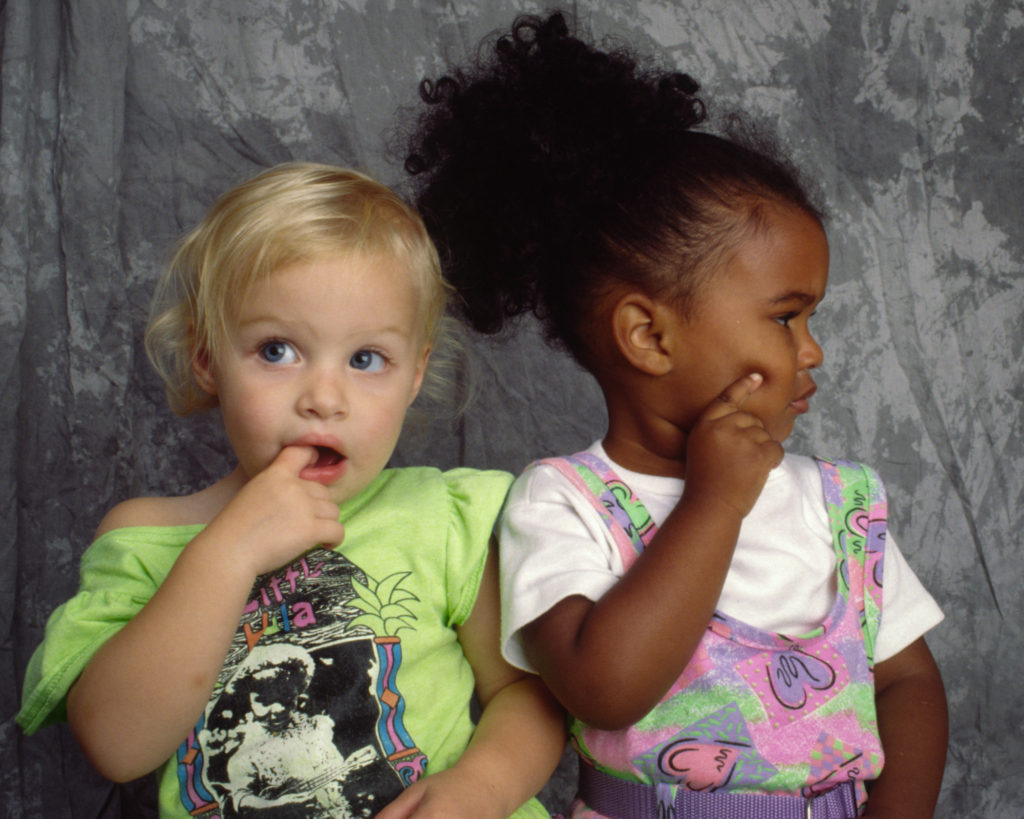

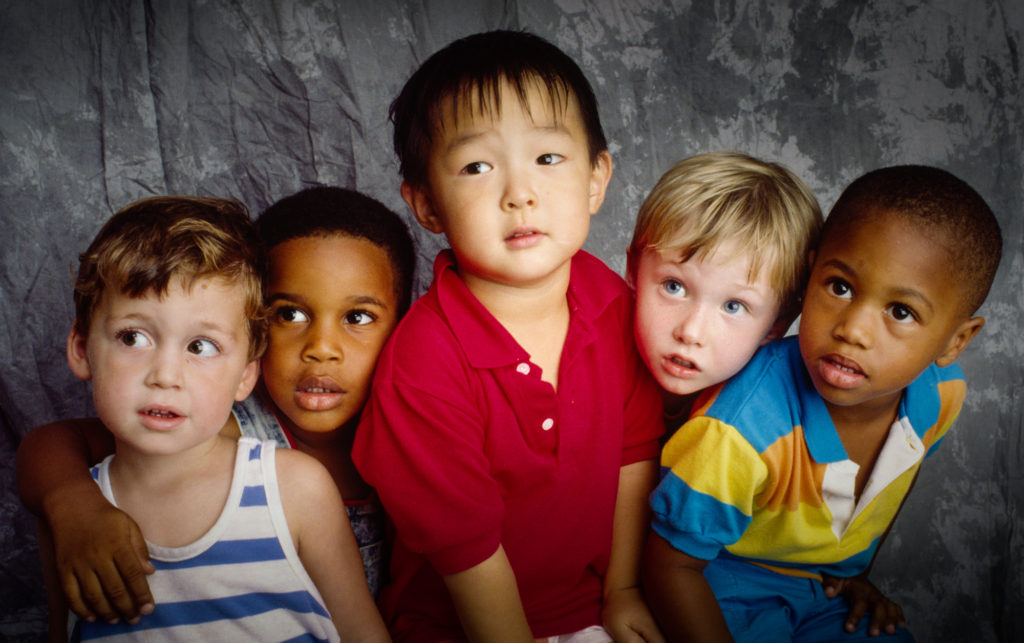
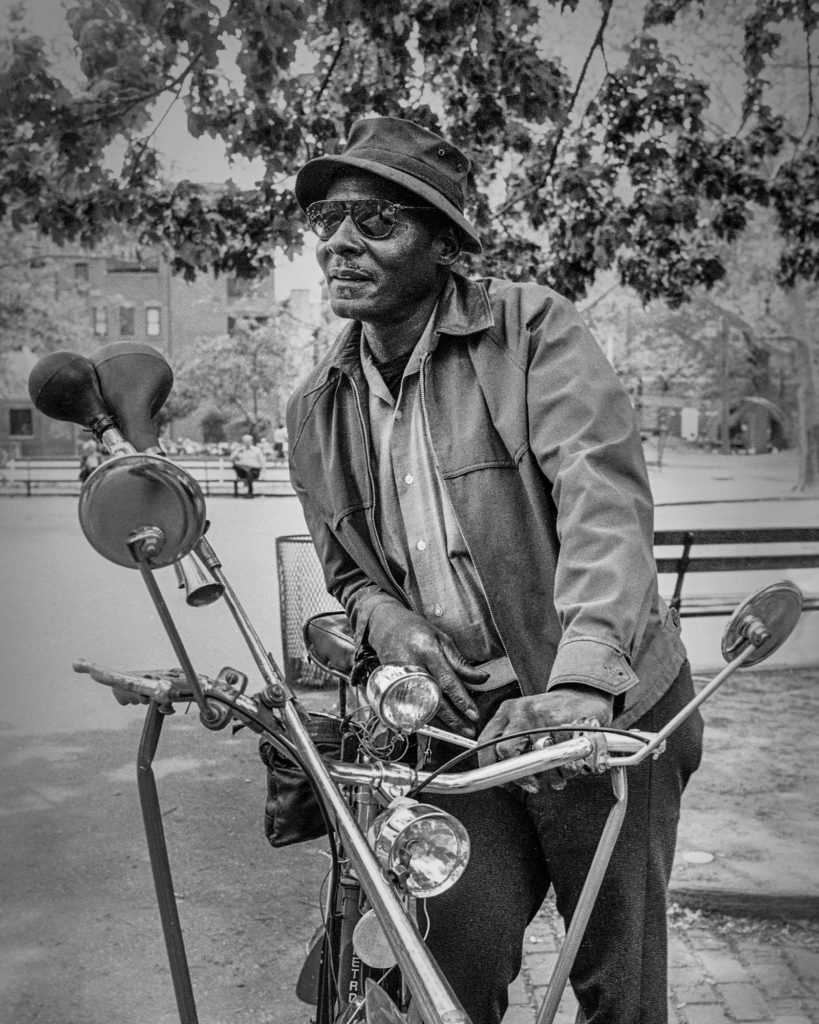
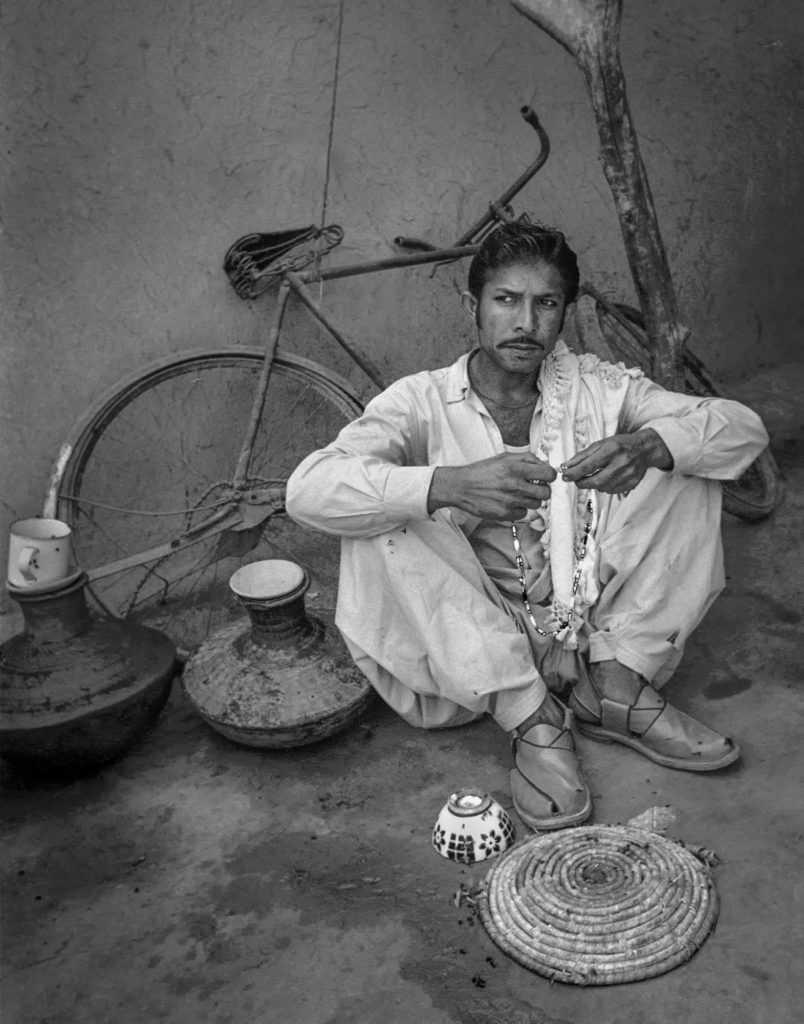
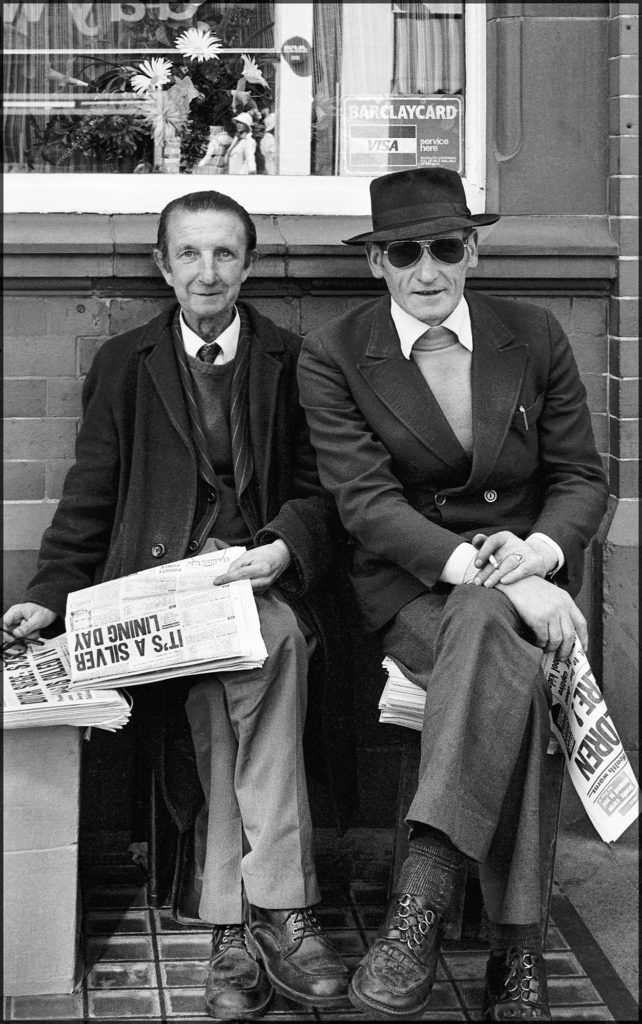
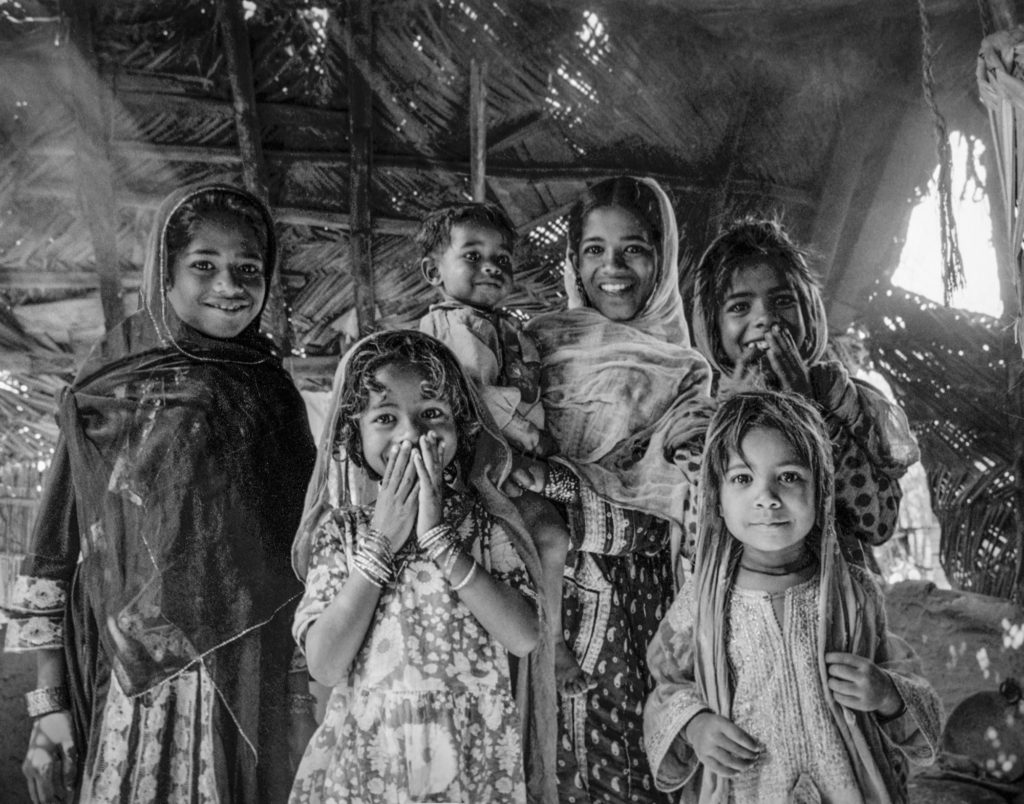
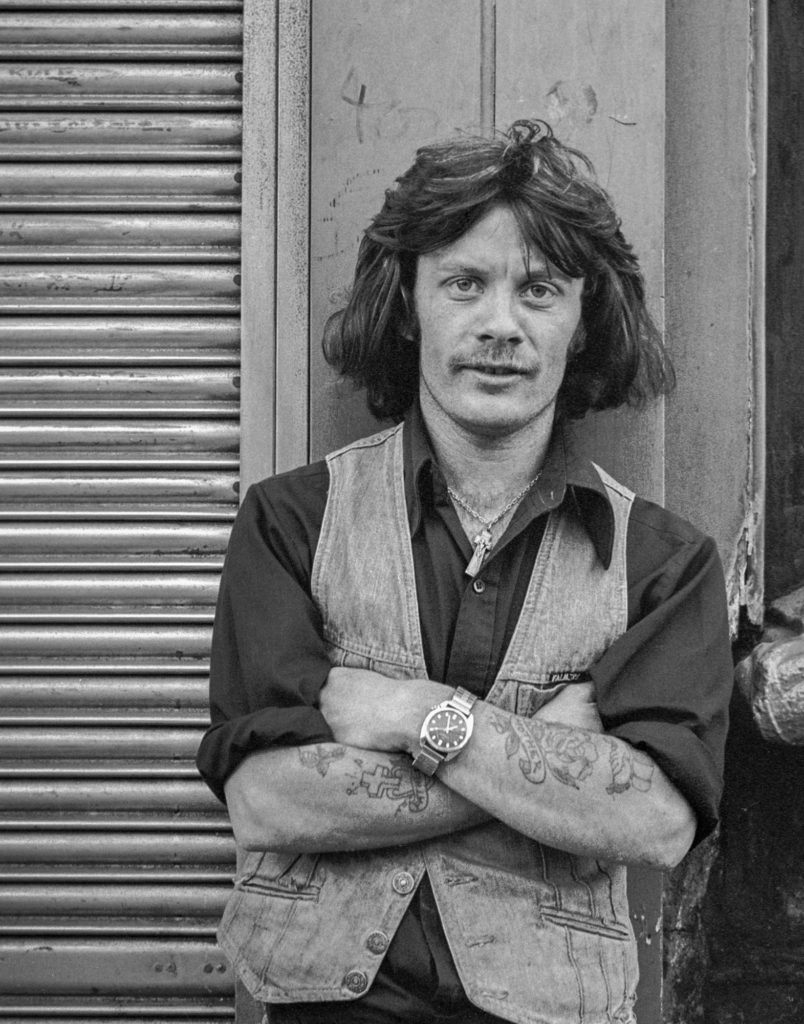
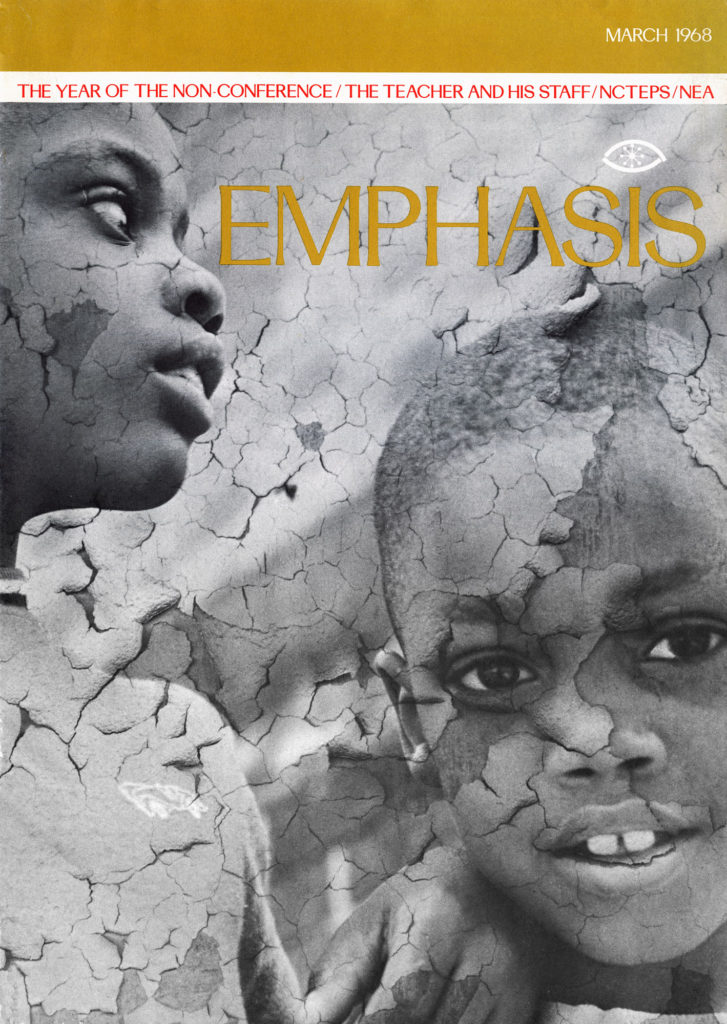
The last photo is a magazine cover I did in the darkroom with my enlarger.
Let’s get out and keep shooting. If you’re uncomfortable, don’t let it show. Project confidence and genuine interest in your subjects. Your job is to make them feel good about themselves.
– Dave Powell

Wow! What a fantastic article!
Thanks!